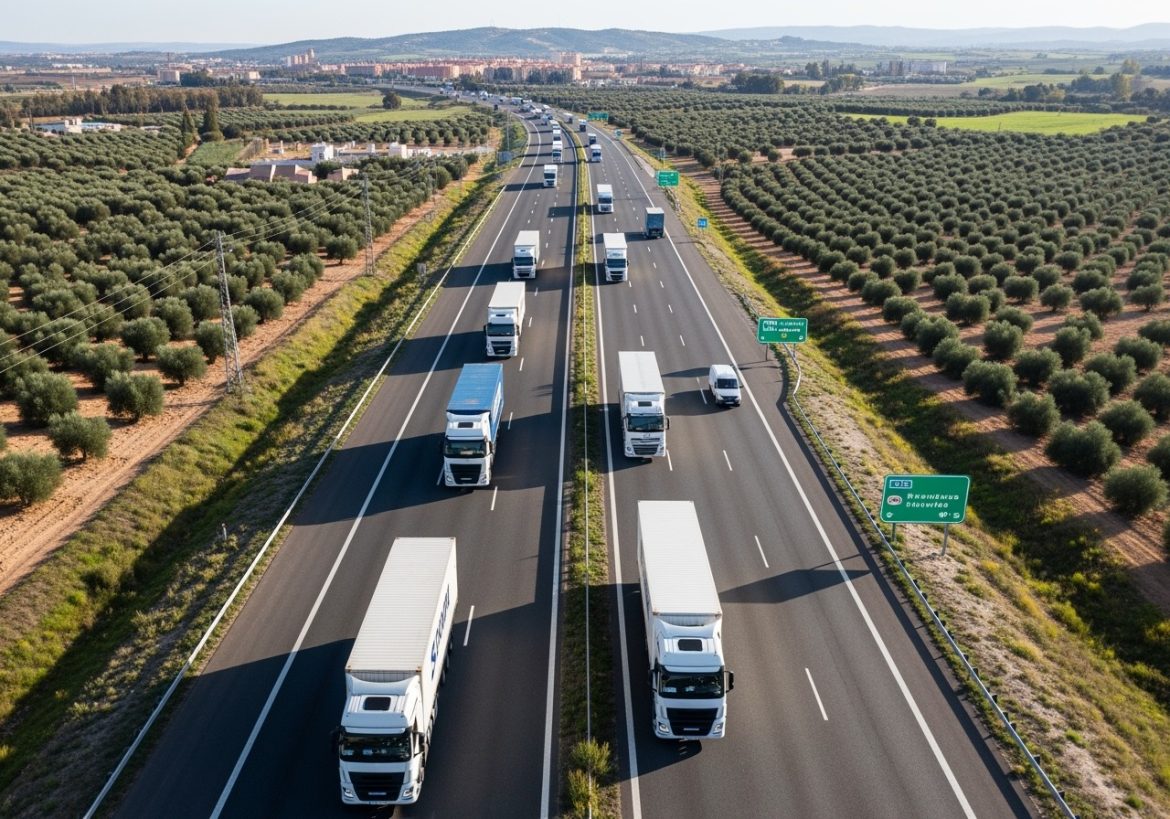Every regulation brings new challenges. Specialized publications in the transport sector in Spain, like Ruta del Transporte, are dedicated to uncovering them. The issue of the increase in tonnage for goods transport vehicles is drawing attention to the matter. This is why they are publishing news about a meeting of shippers in mid-September, as technically, transport must also meet the technological requirements to take on this challenge.
So, what does Ruta del Transporte tell us about the topic? Some details we should know? The main one is that the increase in the Maximum Authorised Mass (MAM) to 44 tonnes will not be applicable to the entire fleet equally. The key lies in the Maximum Technically Permissible Mass (MTPM) of each vehicle, a figure that appears on its ITV (MOT) card. Only trucks whose axles have a technical mass of at least 9 tonnes will automatically qualify for the new limit during their next inspection.
Warning for older fleets: The older vehicles face the biggest hurdle. If their registered MTPM is lower than the new MAM, the carrier will be forced to process a major modification to get it approved. Experts like Julio Viartola from Asfares warn that this process can be so complex and costly that, in many cases, it will not be cost-effective compared to the truck’s remaining useful life.
The recommendation for operators is clear: review your fleet’s documentation immediately. They must check the MTPM on the ITV card to identify which units are ready for the automatic transition and which might require additional investment or be excluded from the new regulation.
Given this technical landscape, the Spanish Shippers Association (ACE) has called an online meeting for September 15th. The goal is to address these requirements in depth and provide shippers with the necessary clarity to plan their logistics operations within the new regulatory framework, ensuring the capacity increase is carried out with total safety and legality.
The new regulation allowing circulation with 44 tonnes will not be universally applicable to the entire fleet, especially for older vehicles. A clear example is a three-axle tractor and semi-trailer combination around 12 years old. Although it currently operates legally with 40 tonnes, its registered Maximum Technically Permissible Mass (MTPM)—for example, 17.5 tonnes for the tractor and 23 for the semi-trailer—may prevent it from automatically accessing the new limit.
To increase its capacity to 44 tonnes, the carrier would face a complex and costly major modification process. This would involve reinforcing axles, suspension, chassis, and braking system, in addition to obtaining new approval and an ITV certifying the vehicle’s safety under the new load. A technical and financial effort that, as Julio Viartola from Asfares warns, is hardly worthwhile for units of this age.
The conclusion is clear: for many carriers with an old fleet, modernizing their vehicles will not be feasible. The most sensible alternative will be to replace those units with others that already incorporate the required technical capacity from the factory, thus ensuring both regulatory compliance and long-term profitability.
Have any thoughts?
Share your reaction or leave a quick response — we’d love to hear what you think!





